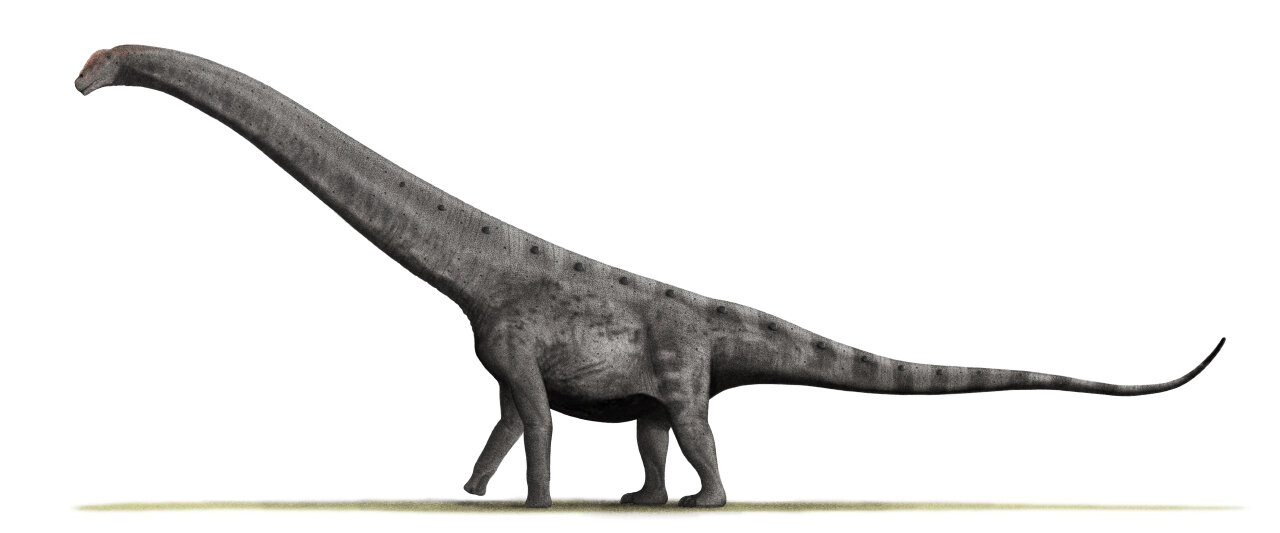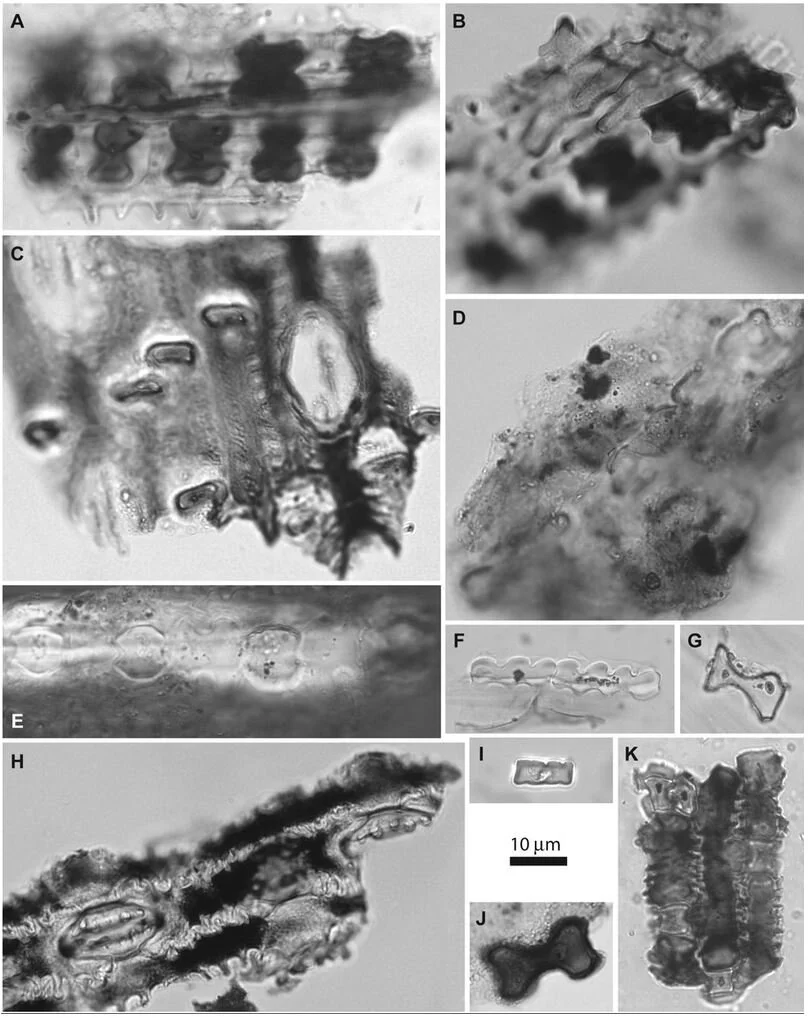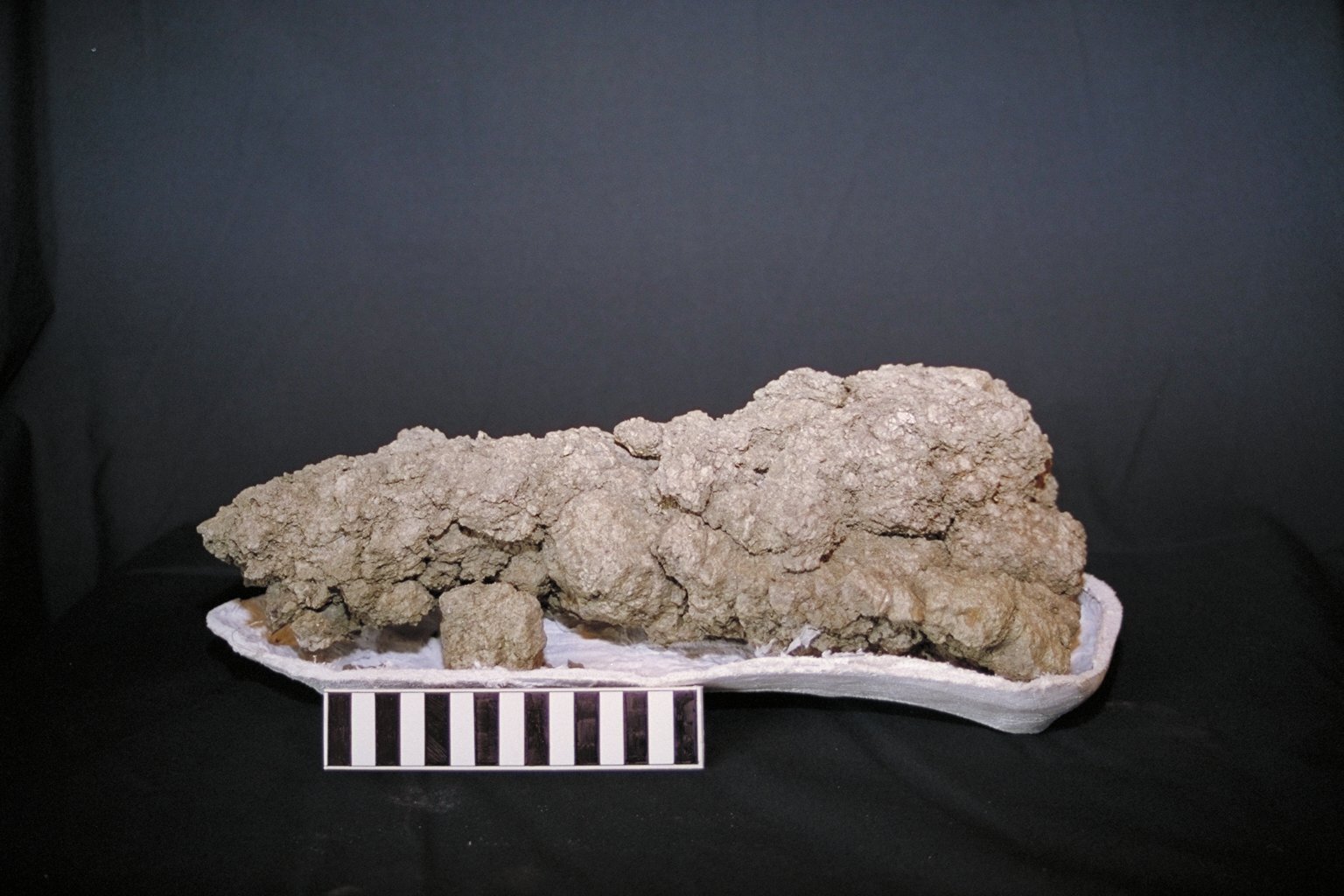If you spend any time learning about paleontology, you are bound to come across at least one reference to the southern beeches (genus Nothofagus). This remarkable and ecologically important group of trees can be found growing throughout the Southern Hemisphere at high latitudes in South America, Australia, New Zealand, New Guinea, and New Caledonia. Not only are they prominent players in the forests in which they grow, their fossil history has provided scientists with invaluable data on plate tectonics and biogeography.
Southern beeches may not be the tallest trees in any forest but that doesn’t mean they aren’t impressive. Numbering around 37 species, southern beeches have conquered a range of climate zones from temperate to tropical. Those living in lowland tropical forests tend to be evergreen, holding onto their leaves throughout the year whereas those living in temperate or montane habitats have evolved a deciduous habit. Some species of southern beech are also known for their longevity, with individuals estimated to be in excess of 500 years in age.
Nothofagus alpina
Anyone familiar with the true beeches (genus Fagus) will quickly recognize many similarities among these genera. From their toothy leaves to their triangular nuts, these trees are strikingly similar in appearance. Indeed, for much of their botanical history, southern beeches were included in the beech family (Fagaceae). However, recent molecular work has revealed that the southern beeches are genetically distinct enough to warrant their own family - Nothofagaceae.
The beech-like fruits of Nothofagus obliqua var. macrocarpa
As mentioned, the southern beeches, both extant and extinct, have been important players in our understanding of plate tectonics. Their modern day distribution throughout the Southern Hemisphere seems to hint at a more concentrated distribution at some point in the past. All of the continents and islands on which they are found today were once part of the supercontinent of Gondwana, which has led many to suggest that the southern beech family arose before Gondwana broke apart during the Jurassic, with ancestors of extant species riding the southern land masses to their modern day positions. Indeed, the paleo record seems to support this quite well.
Fall colors of Nothofagus cunninghamii.
The southern beeches have an impressive fossil record that dates back some 80 million years to the late Cretaceous. Their fossils have been found throughout many of the Southern Hemisphere continents including the now-frozen Antarctica. It would seem that the modern distribution of these trees is the result of plate tectonics rather than the movement of seeds across oceans. This is bolstered by lines of evidence such as seed dispersal. Southern beech nuts are fairly large and do not show any adaptations for long distance dispersal, leading many to suggest that they simply cannot ocean hop without serious help from other forms of life.
Nothofagus fusca
However, life is rarely so simple. Recent molecular work suggests that continental drift can’t explain the distribution of every southern beech species. By studying trees growing in New Zealand and comparing them to those growing in Australia and Tasmania, scientists have discovered that these lineages are far too young to have originated before the breakup of Gondwana. As such, the southern beeches of Austrialasia more likely got to their current distributions via long distance dispersal events. Exactly what allowed their seeds to cross the Tasman Sea is up for debate, but certainly not impossible given the expanse of time available for rare events to occur. Regardless of where anyone stands on this recent evidence, it nonetheless suggests that the biogeographic history of the southern beech family isn’t as clear cut as once thought.
Nothofagus fusca
Unfortunately, while southern beeches hold a prominent place in the minds of naturalists, the same cannot be said for the rest of the world. Little care has been given to their scientific and ecological importance and massive quantities of these trees are logged each and every year. Today it is estimated that 30% of all southern beech species are threatened with extinction. Luckily, large portions of the remaining populations for these trees are growing on protected lands. Also, because of their scientific importance, numerous southern beeches can be found growing in botanical collections and their seeds are well represented in seed banks. Still, southern beeches and the forests they comprise are worthy of respect and protection.











